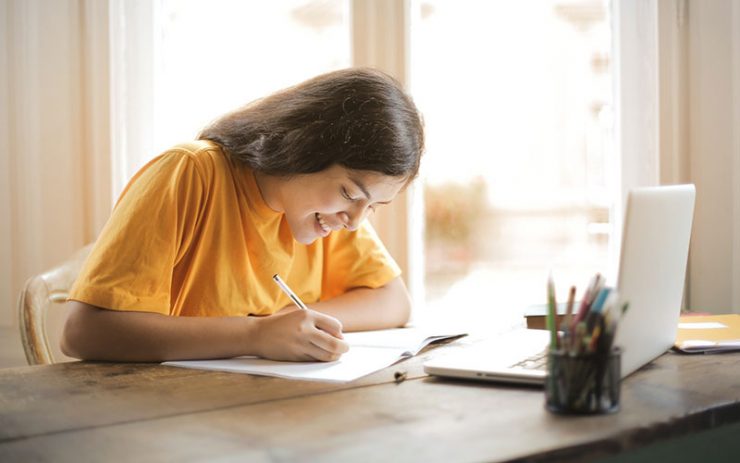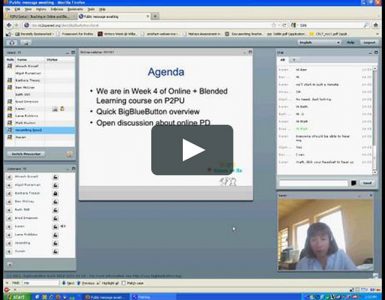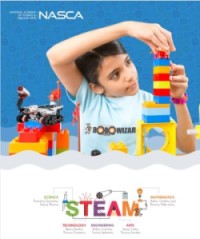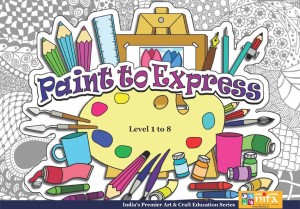The nationwide school and college closures on account of Covid-19 are impacting over 89 per cent of the world’s student population. Several other countries have implemented localised closures impacting millions of additional learners.
At one end, it is a catastrophe but at the other end, it is also online learning’s big moment. Education is about to be revamped just as much as industries that are going to seriously consider remote working. This reality has forced all the stakeholders in the education sector to suddenly adhere to this New Normal.
Scores of students are busy learning online on strict schedules set by their schools.
For teachers, it has been a different kind of challenge – those who are well-versed with technology have found the going easy; many have learnt on the job and some are still struggling. And their capabilities and finesse with technology is deciding the quality of the online education they are providing.
For school principals and trustees, on the other hand, the stress levels have been completely different. From taking tough calls on final examinations to working out ways to manage the logistics of online learning, from subscribing to online learning applications to training teachers for the same, their mettle has been challenged to the core.
For ed-tech companies, the going has never been so good. There has been a surge in demand for Zoom, Google Classroom, Google Meet, Microsoft Team and a whole array of apps that facilitate online learning. Daily downloads of the Zoom app have increased 30x year-over-year with daily users spiking from 10 million in December to 200 million in March. Vedantu has seen a 10x growth and Upgrade a 50 per cent jump in enquiries.
The New Normal
India has nearly 300 million children in 1.4 million schools and 51,000 colleges. While almost 70 per cent of the schools are run by government bodies, it’s the opposite in the higher education space.
There are many students who live without essential internet services. Children of the lowest rung of the society caught up with a livelihood challenge now face a stark vacuum even as government’s advisories ask schools to go online and consider homework as class work to reduce disruption.
In fact, as a precursor for things to come, in an advisory issued last month, the Ministry of Human Resource Development (HRD) had released a list of government-devised apps and learning platforms that students could make use of. These included DIKSHA, which allows access to school syllabus, and E-Pathshala, an NCERT innovation that hosts thousands of educational audios, videos and e-books. For the disadvantaged sections of society, the government’s Swayam programme is a right step in the direction.
How countries are managing their education sectors
According to information given by the World Bank, many countries are implementing various forms of strategies, including:
- Enhancing preparedness while keeping schools open: This involves enforcing and supporting preventive actions in schools (Afghanistan); establishing protocols for schools’ handling of illnesses and potential cases (Egypt, Russia, Belarus); using the education system’s infrastructure and human resources to address the spread of infections in communities (Liberia and Sierra Leone); and limiting physical contact by reducing social and extra-curricular activities (Singapore, Russia)
- National closing of schools: This has been the most used option globally.
- Using remote learning and education resources to mitigate loss of learning: Many countries have turned to distance learning as a means of mitigating for lost time in school (fully online in China, Italy, France, Germany and Saudi Arabia; mobile phones or television in Vietnam, Mongolia). In addition to infrastructure and connectivity, teachers’ and administrators’ familiarity with the tools and processes are also key factors in providing distance learning (Singapore). Other countries send kids home with lessons as homework (Lebanon). In Bulgaria, more than 800,000 accounts have been created for all teachers and parents, publishers have been mobilised to open the digital textbooks and learning materials for grades 1 to 10, and two national TV channels broadcast educational tv.
Educators in India are riding the wave
Many schools in India have been proactive and worked out their responses to the situation.
- The British School and The Ardee School in New Delhi moved to Microsoft Teams even before the COVID-19 lockdown, to enable its teachers and students interact and collaborate in remote learning scenarios.
- For Nashik’s Delhi Public School, conducting online classes and handling the assignments was meticulously planned. Through a ‘Parent Digital Conference’ by the teachers, the parents were informed of the functioning henceforth through a digital platform. To mitigate the stress of the parents concerned about their kids’ academics, the school’s IT department and technology experts assured to be available to answer their queries. Google Classroom, along with websites like Wakelet, Edupuzzle, Khan Academy, YouTube, etc. were chosen for E-learning. The teachers then shared job-sheets, worksheets, circle time activities, etc. “This initiative was taken up for Class III to XII. The total class strength is around 1600, and till now, more than 95% of the students have connected with us. On average, two hours of content is shared with them daily, and they are responding positively towards it,” says Siddharth Rajgharhia, chairman, Delhi Public School.
- Dinaz Ramesh, an educator based in Mumbai, has created an app called Ek Buddy which is free to use. It comprises thousands of YouTube links to subjects taught in K12 education, which students who are logged in can access and learn on their own. “This is particularly for those children who can’t afford a laptop and who come from the underprivileged segments of society. They use their parents’ smartphones wherever possible. Not all students enroll but those who do benefit a lot. This provides a personal attention to these children who otherwise do not get it in regular school,” she says.
- Aankeet Gokkalgandhi, who teaches psychology for Classes 11 and 12 students and to post-graduates conducts his lectures on Zoom. “It’s easy to even record attendance by asking all the students to mention their name on the chat box. That way their names and timestamp is recorded, which can be useful for the school when it applies for a NAAC accreditation. In fact, NAAC has made it mandatory for educational institutions to teach online and marks are granted for that,” he says. He feels going forward schools will have to adopt a hybrid model especially since it is convenient for both students and teachers, and taking extra classes on Sundays would be easier.
Going forward, the question is what will be the new shape of school education. Most educators believe it will have to be hybrid model. Online learning may become central to the teaching model. The teaching timetable may be rejigged such that material that can be easily taught online comes first. Schools will have to rethink student assignments. Assessments may also change, giving more weight to weekly assignments and less weight to mass final exams. But practical applications of knowledge learned, such as laboratory-based classes will have to be done in school.
It sure is an interesting phase the world is going through, and what emerges will probably be a win-win for all.


















